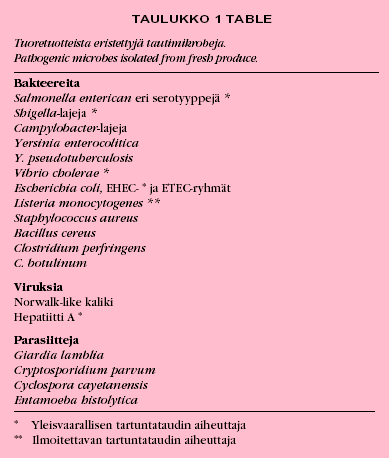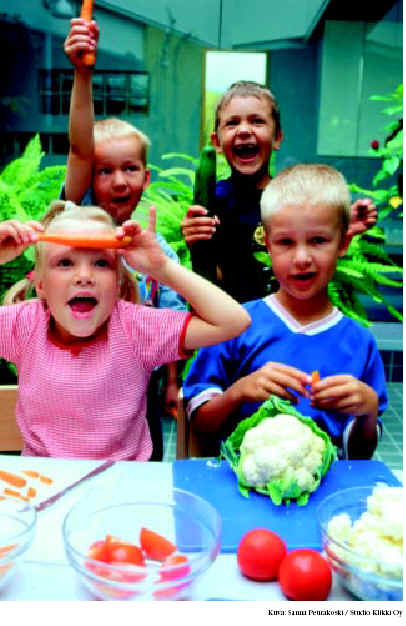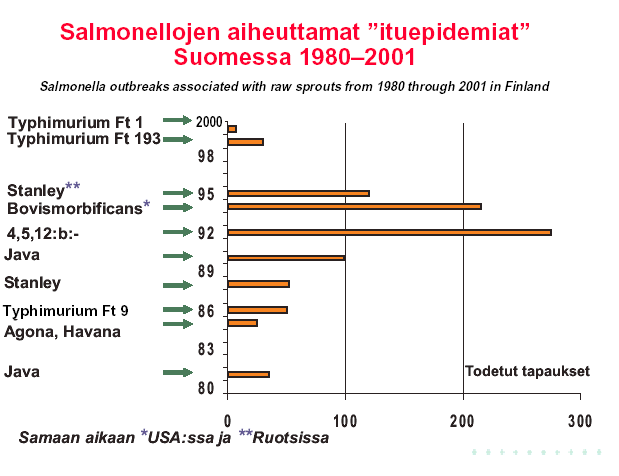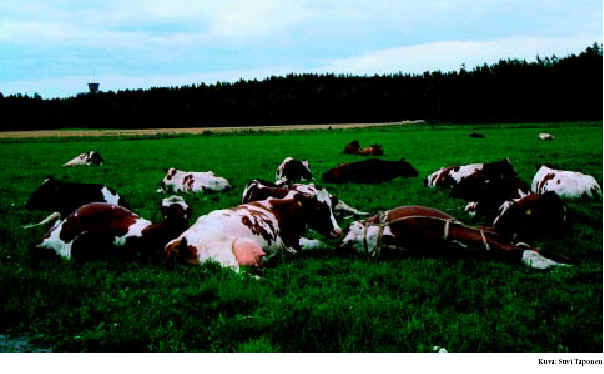
The different states of vigilance are characterized in animals by analyzing both the behavior and electrophysiology of various organs. In animals, sleep is also comprised of REM-sleep and slow wave sleep. During evolution, each species have developed their own sleeping patterns, which are influenced by their ecological niche, environmental factors and nutritional habits. Total sleeping time and the time spent in REM-sleep and in slow wave sleep differs considerably between species. Typically, the duration of sleep of a prey species is very short and is often scattered within a 24-hour period. Horses and cattle have developed an ability to sleep short periods of slow wave sleep in standing position. Environmental factors, especially environmental stimuli, temperature and the safety feeling of the animal influence remarkably the duration and quality of sleep. The quality and composition of sleep are also influenced by the age of an individual and nutrition. In the animal housing units, the animals have to adapt their sleep to the conditions of the housing environment. In stalls farm animals, REM-sleep occurs usually at night. Diseases can either increase or decrease the sleeping time. Infectious disease is typically accompanied by the increased amount of sleep both in humans and animals. On the other hand, for example, the diseases of the digestive system seem to decrease sleep.

The results of the treatment of ruptured anterior cruciate ligament using a modified "over-the-top" surgical method in one hundred and fifteen (115) dogs was studied. A questionnaire was sent to the dog owners when at least two years had passed after treatment. The duration between rupture and treatment, any other changes in the stifle joint and the weight of the dog had an effect on the result. Immediate treatment of the rupture improved the prognosis. Also dogs with light bodyweight had a better prognosis than heavy ones. Other pathologic findings in the stifle joint like degenerative joint disease (arthrosis), ruptures of the menisci or osteochondritis dissecans led to a poor prognosis.
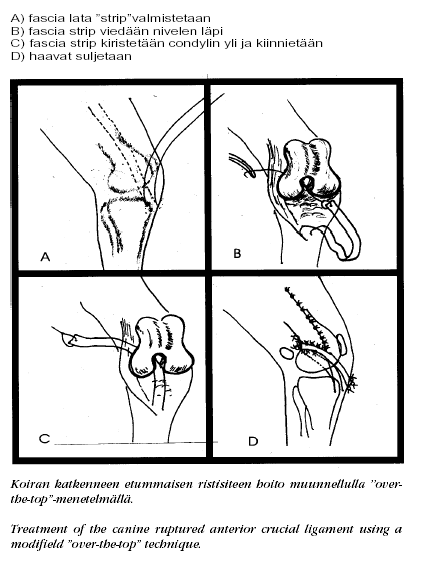
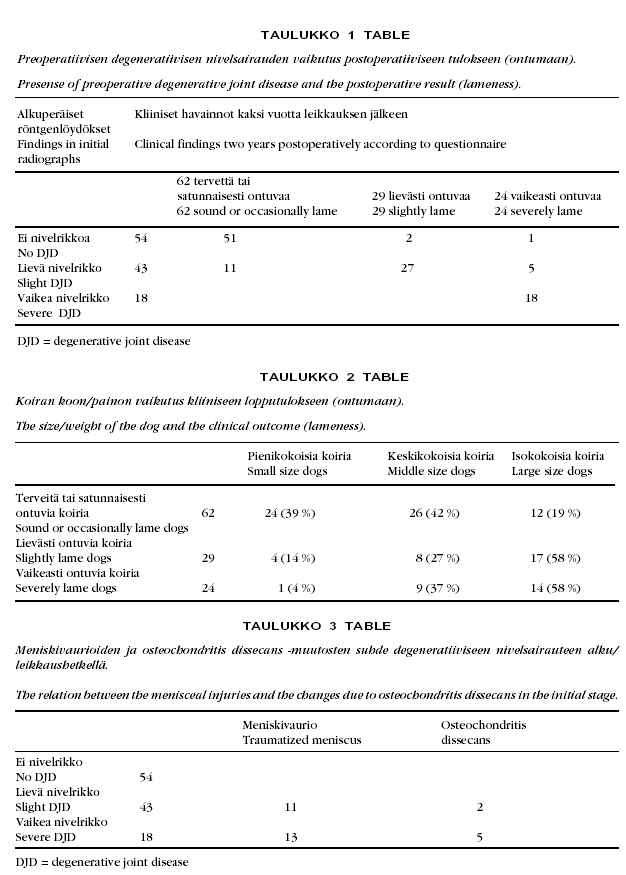
The frequent consumption of fresh fruits, berries and vegetables is commonly considered to be health-favourable. In the so-called Living Foods Lifestyle, the diet is based on intake of only uncooked food-items of fresh produce. In spite of the fact that these kind of raw foods contain ingredients beneficial to human health, they may also be vehicles of various pathogenic micro-organisms. Especially in subjects with certain underlying conditions, these food-borne pathogens may cause an increased risk of serious illness. Thus, the living food may have microbiologically been even more "living" than a consumer has thought. Numerous outbreaks have been attributed to bacterial, viral, or parasitic contamination of fresh produce. At least Salmonella and EHEC bacteria have been spread by sprouted seeds and melons, Yersinia pseudotuberculosis and Shigella bacteria by lettuce leaves, Hepatitis A and NLV calici viruses by fresh and frozen raspberries as well as by strawberries, and Cyclospora parasites by fresh raspberries. Even careful washing of fresh produce in water does not completely remove microbial contamination. Reduction of risk for human illness associated with consumption of fresh produce can be better achieved through controlling the hygiene procedures used to grow, harvest, process, and distribute these products. Certain new regulations put in action in Finland and concerning hygienic issues in food handling and processing potentially improve also microbial quality of fresh produce.
